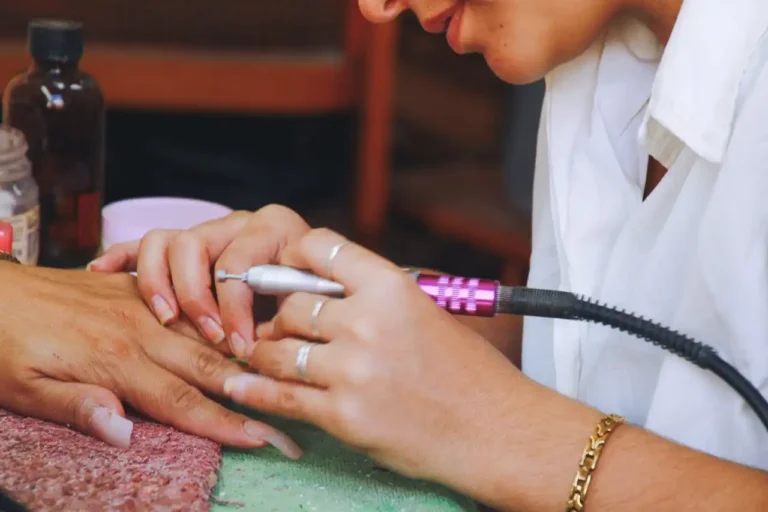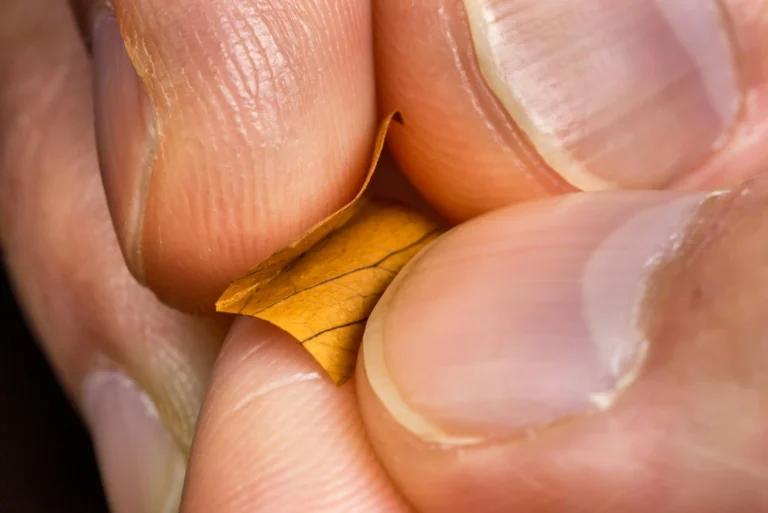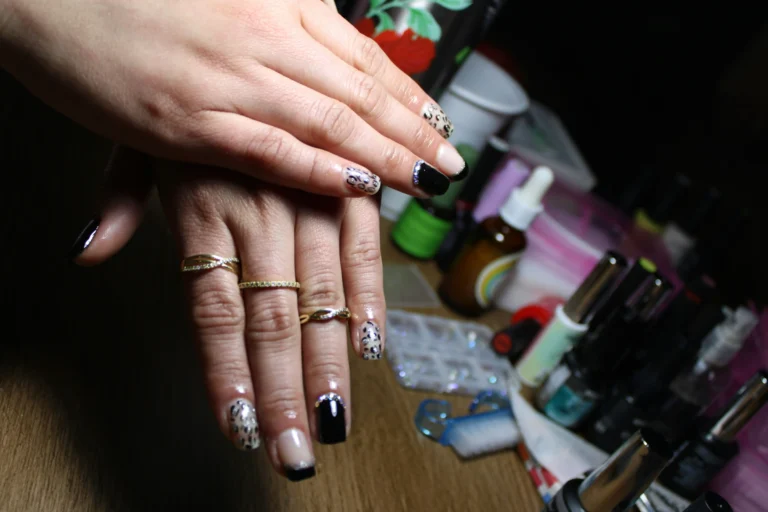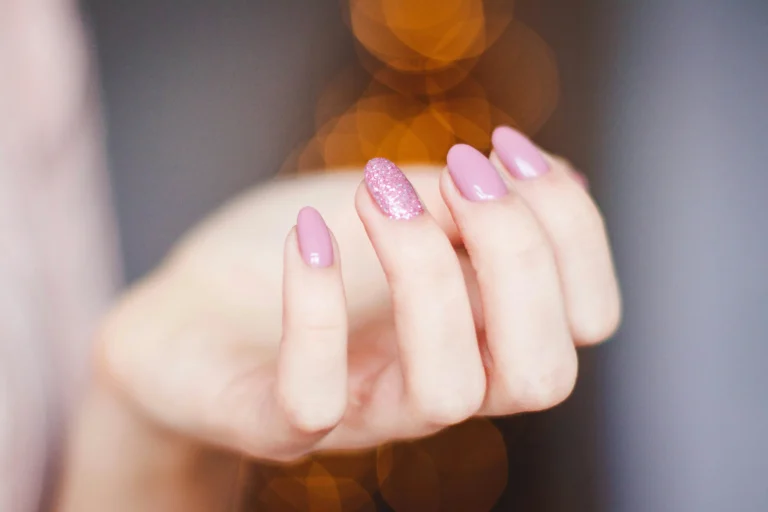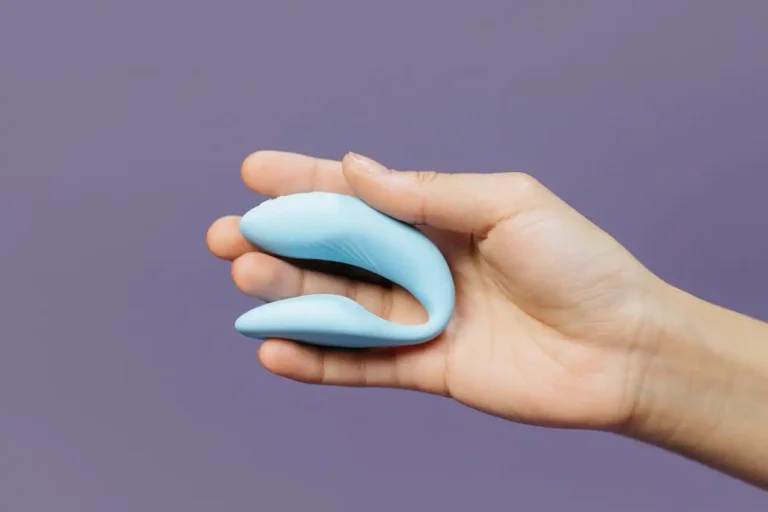Signs Your Nails Need a Break From Polish
You love your perfectly polished nails, but sometimes your natural nails start sending distress signals.
Regular polish application can take a toll on your nail health, and recognizing these warning signs helps you maintain beautiful, strong nails long-term.
Here are the key indicators that tell you it’s time to give your nails some breathing room.
Yellow or Discolored Nails
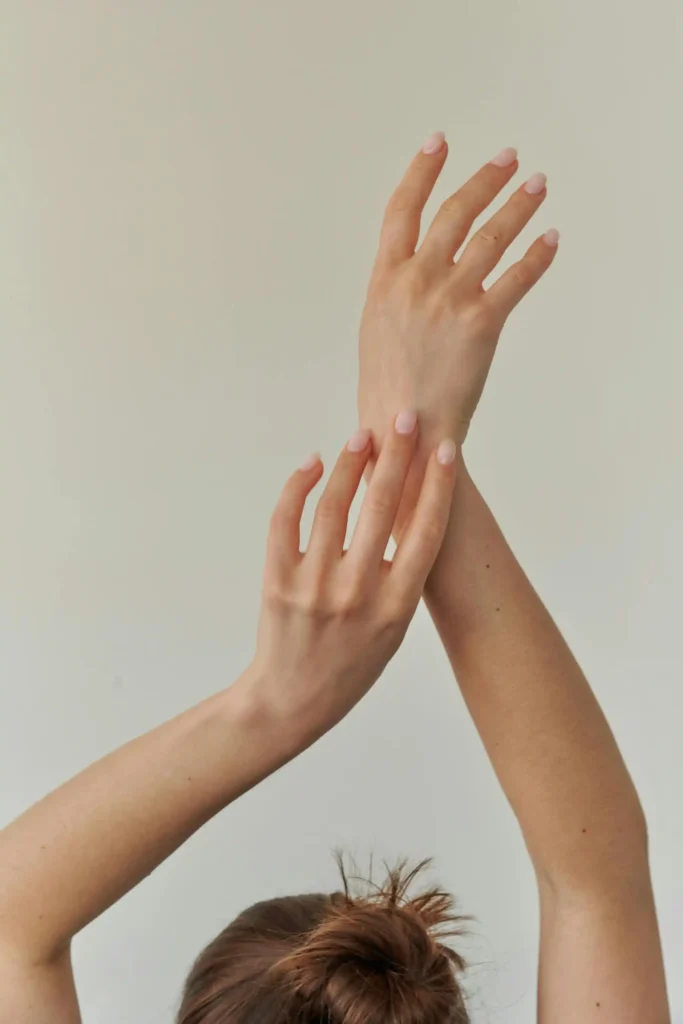
Your nails have developed a yellow or orange tint that doesn’t wash away with soap and water.
This discoloration often appears most noticeably on your nail tips and can range from a subtle yellow hue to a deep amber color.
The staining typically becomes more pronounced with darker polish shades, particularly deep reds, purples, and blacks.
This yellowing occurs when pigments from nail polish seep into your nail plate over time.
Your nails naturally absorb some of the color molecules, especially when you skip base coats or wear polish continuously without breaks.
The porous nature of your nail plate makes it susceptible to this type of staining.
You might notice the discoloration becomes more obvious after removing a particularly dark shade.
The yellowing can also appear in patches or bands, corresponding to where your polish application was thickest.
Some people experience more severe staining due to naturally thinner or more porous nail plates.
Taking a polish break allows your nails to gradually return to their natural color.
During this time, you can use gentle whitening treatments or lemon juice to help speed up the process, though patience works just as well.
Weak, Brittle, or Peeling Nails
Your once-strong nails now break at the slightest touch or pressure.
You find yourself dealing with constant chips, cracks, or splits that seem to happen even during gentle daily activities.
The edges of your nails feel rough and catch on fabrics, and you notice layers of your nail plate separating or peeling away.
Frequent polish application and removal can dehydrate your nail plate, stripping away natural oils and moisture.
The chemicals in nail polish, particularly formaldehyde and toluene, can gradually weaken the protein bonds in your nails.
Acetone-based polish removers compound this problem by further drying out your nail structure.
Your nails might feel noticeably thinner than before, almost paper-like in some areas.
You may observe white, flaky pieces coming off your nail surface, or notice that your nails bend more easily than they used to.
Some people describe their nails as feeling “soft” or “mushy” when wet.
This brittleness often worsens with age, as your nails naturally become more fragile over time.
However, excessive polish use can accelerate this process significantly.
The constant cycle of applying and removing polish doesn’t give your nails enough time to restore their natural moisture balance and structural integrity.
White Spots, Lines, or Dots
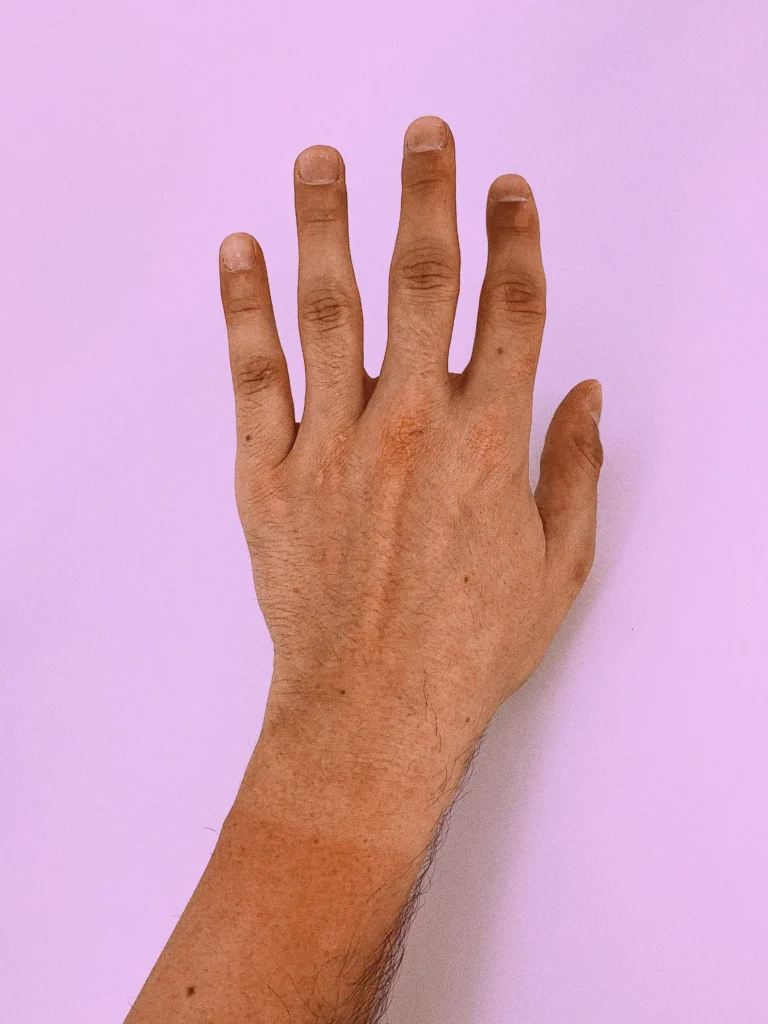
Small white spots, lines, or dots have appeared across your nail surface.
These marks might look like tiny paint splatters, horizontal lines running across your nail, or larger cloudy patches.
You notice these white areas don’t grow out quickly and seem to persist despite regular nail care.
These white marks, called leukonychia, can result from trauma to your nail matrix caused by aggressive manicure techniques or frequent polish changes.
The constant buffing, filing, and cuticle manipulation that often accompanies regular polish application can damage the cells responsible for nail growth.
Chemical exposure from polish and removers can also contribute to these white formations.
Horizontal white lines, known as Mees’ lines, sometimes indicate repeated stress or chemical exposure to your nail bed.
You might notice these lines correspond to periods of particularly frequent polish changes or harsh removal techniques.
The spots can also appear after using low-quality base coats that don’t provide adequate protection.
While some white spots result from minor injuries you might not even remember, persistent or recurring white marks often signal that your nail care routine has become too aggressive.
Your nails need gentler treatment and time to heal from the repeated chemical and physical stress.
Ridges or Texture Changes
Your previously smooth nail surface now feels bumpy or ridged when you run your finger across it.
You might notice vertical lines running from your cuticle to the nail tip, or horizontal ridges that create a washboard-like texture.
The surface irregularities make it difficult to achieve smooth polish application, and you find yourself using more base coat to even out the texture.
Frequent buffing and filing associated with regular manicures can gradually thin your nail plate and create these textural changes.
Over-aggressive cuticle care and the repeated use of harsh chemicals can disrupt the normal nail growth pattern.
Your nail matrix, which produces new nail cells, may respond to constant irritation by creating uneven nail surfaces.
Vertical ridges often become more pronounced with frequent polish use because the chemicals can interfere with the natural keratin production in your nails.
You might notice the ridges feel more prominent after removing polish, when there’s no smooth coating to mask the texture irregularities.
Horizontal ridges can indicate periods of stress on your nail matrix, possibly from overly harsh removal techniques or reactions to specific polish ingredients.
These ridges represent temporary disruptions in nail growth and typically take several months to grow out completely.
Thinning Nails
Your nails feel noticeably thinner and more flexible than before.
You can almost see through them in some areas, and they bend easily when pressure is applied.
The nail tips might feel almost transparent, and you notice increased sensitivity when typing or performing daily tasks.
Repeated exposure to acetone and other harsh chemicals gradually breaks down the keratin proteins that give your nails their strength and thickness.
Each polish removal session strips away microscopic layers of your nail plate.
Over time, this cumulative effect results in significantly thinner nails that lack their original structural integrity.
You might observe that your nails now show more of the pink nail bed underneath, appearing more translucent than opaque.
The nail edges may feel sharp or fragile, breaking more easily than before. Some people notice their nails become almost flexible enough to bend without breaking.
This thinning process happens gradually, making it easy to overlook until the damage becomes significant.
The weakened nail structure makes your nails more susceptible to further damage and can create a cycle where breaks and chips become increasingly common.
Slow Growth or Stunted Development
Your nails seem to have stopped growing at their normal rate.
What used to be weekly trims now stretch to two or three weeks, and you notice your nails maintain the same length for extended periods.
The growth you do see appears uneven or irregular, with some nails growing faster than others.
Constant chemical exposure can disrupt the normal cellular processes in your nail matrix, the area responsible for nail production.
The repeated stress from polish application and removal can slow down the rate at which new nail cells form and mature.
Your body may redirect resources away from nail growth to repair existing damage.
You might notice that your nails feel “stuck” at a certain length, breaking or chipping before they can grow longer.
This creates frustration as you’re unable to achieve the nail length you desire, despite your best efforts at nail care.
The growth that does occur may appear weak or irregular.
Environmental factors and overall health influence nail growth, but excessive polish use adds unnecessary stress to an already complex biological process.
Your nails need adequate nutrition, hydration, and rest to maintain their normal growth cycle and achieve optimal length and strength.
Painful or Sensitive Nail Beds
You experience discomfort, tenderness, or sensitivity around your nail beds and cuticle areas.
The skin surrounding your nails feels irritated, inflamed, or unusually sensitive to touch.
You might notice redness, swelling, or a burning sensation, particularly after polish application or removal.
Frequent exposure to nail polish chemicals can cause contact dermatitis or allergic reactions in sensitive individuals.
The solvents and adhesives in polish formulations can irritate the delicate skin around your nails, leading to inflammation and discomfort.
Aggressive cuticle manipulation during manicures can also contribute to this sensitivity.
You may find that certain polish brands or formulations cause more irritation than others.
The sensitivity might worsen over time as your skin becomes increasingly reactive to repeated chemical exposure.
Some people develop allergies to specific ingredients like formaldehyde resins or acrylates.
This discomfort often indicates that your nail area needs a break from chemical exposure and aggressive manipulation.
Continuing to apply polish despite sensitivity can lead to more severe reactions and prolonged healing times.
Difficulty with Polish Adhesion
Your nail polish no longer stays put like it used to. You find yourself dealing with chips, peeling, or complete polish failure within a day or two of application.
The polish seems to slide off your nails or doesn’t adhere evenly, creating patchy or streaky coverage that looks unprofessional.
Damaged nail surfaces don’t provide the ideal foundation for polish adhesion.
When your nail plate becomes dehydrated, thin, or textured from excessive polish use, it can’t hold onto new coats effectively.
The irregular surface created by ridges, peeling, or chemical damage prevents smooth, even application.
You might notice that even your favorite long-wearing formulas fail to perform as expected.
Base coats don’t seem to help, and you find yourself constantly touching up chips and imperfections.
The polish may separate from your nail in sheets or peel off in large pieces.
This adhesion problem often signals that your nail plate needs time to recover its natural texture and oil balance.
Healthy nails provide the smooth, slightly porous surface that polish needs to bond effectively and wear well.
Conclusion
Recognizing these warning signs helps you maintain healthy, beautiful nails long-term.
Give your nails regular polish-free breaks to restore their natural strength, moisture, and appearance.


